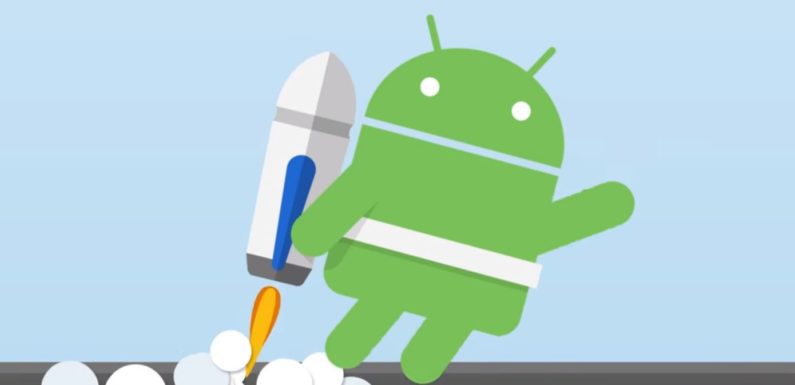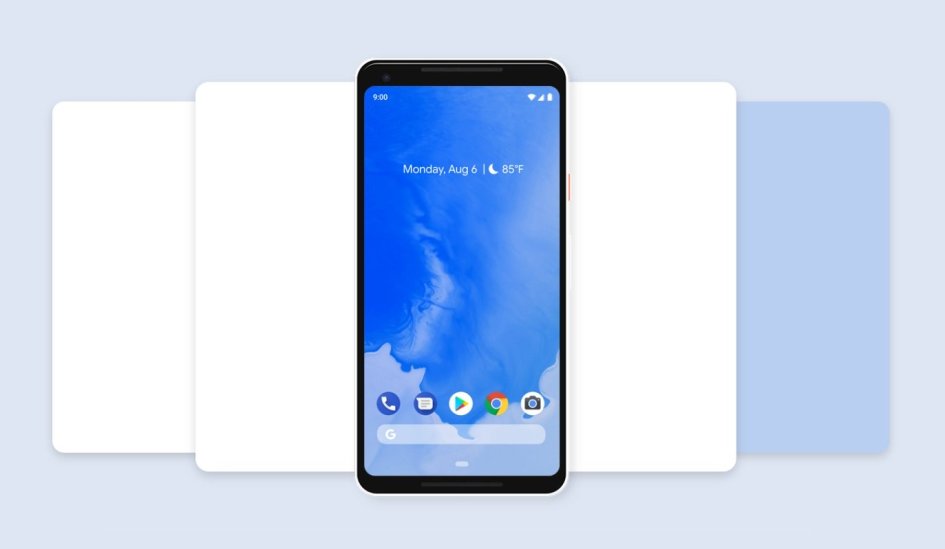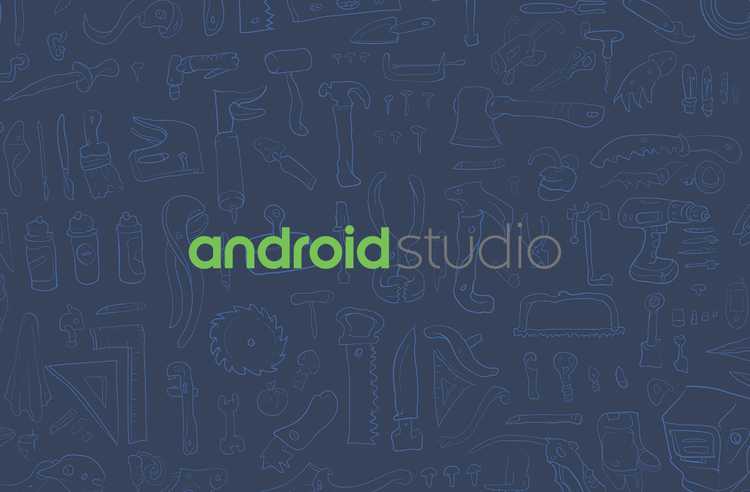
It seems Google is in full swing. The story of a series of releases began with Android Pie and then came the Google Flutter Preview 2 and now Google has launched the stable version of Android Studio 3.2, which you can start downloading.
With this unroll; it would be more than convenient for the developers to develop the Android App Bundle using the newly used OS version, the Android P. In fact, Google had announced about the unveiling of Android Studio 3.2 way before at its I/O conference 2018.
However, this time around it has released a set of 20 new features, focusing on the improvement of quality and refining its functionality.
As already indicated, the developers will find it much easier to deal with the Android App Bundle, which is the new app publishing format. They can create a bundle with least of the efforts. Even the task of smaller optimized app distribution has become simplified.
You just have to upload the app bundle to the Google Play Store, that’s it. Indeed, the Android app developers have already started to witness the reduction in app size ranging from 11 to 64% by employing the app bundles to APK app size.
So, let’s down to the 20 newly introduced features in the Android Studio 3.2 and discuss each of these in some brief. However, before that, we would be commencing with the two most important features of the new version of Android Studio, i.e. Android Emulator Snapshots and the Energy Profiler.
Android Emulator Snapshots
The Android Emulator Snapshots has been introduced by Google to help the developers to capture the picture or the snapshot of the recent state of the emulator at a faster pace. Precisely it involves the latest screenshot including the apps and settings.
And the most interesting part is that it allows you to continue or even boot your emulator within a couple of seconds. Therefore, if you are looking to accelerate the speed of test run or go for much quicker boot using the Android Emulator Snapshots is the feature to bank upon.
Energy Profiler
One of the other vital features that have made its inception in Android 3.2 is the Energy Profiler. As the name suggests, this feature is evidently helpful in boosting the energy strips of your app through a set of tools.
In fact, it would also support improving the battery life of the device. The Energy profiler will help developers of offshore mobile application development trace the energy consumption of their apps, effectively managing the power consumption of apps in different scenarios.
The Android Studio 3.2 will also lend a helping hand when you want to work out with the advanced technologies including the Android Jetpack, Android Slices, and Artificial Intelligence (AI).

Sample Data
Using this feature the developer can utilize the placeholder data, which would precisely help him out in designing the app. As such, you can visualize the layout design that relies on the runtime data.
If you want to get more views, then it would be viable to add the built-in sample data. A few examples include ImageViews, TextViews, or the RecyclerViews etc. The sample data can be added through a popup window in the Layout Editor.
Material Design Update
During the relocation from the Android Design, support library to the new MaterialComponents app theme, and library, the developer is liable to have an access to the new and updated widgets like cards, text fields, button cards, BottomAppBar, and developers now can easily migrate from old library to new AndroidX packages with the refactoring tools.
Slices Support
Android Studio gets built in template to add Slices Support to your project. It would help to surface the app content in Google search as the Google Assistant. This makes it convenient to opt for the app expansion with the support of new Slice Provider APIs and new lint checking.
Here first you have to right click on the project and then browse the New→ Other→ Slice Provider.
CMakeList Editing Support
If you are employing the C or C++ programming languages to create the apps, you will now get a much better support for CMake. The CMakeList build script command will get you the access for working on code completion and syntax highlighting; all thanks to the Android Studio 3.2 new version.
The New Assistant
Google in the Android Studio 3.2 has offered a new Assistant panel that opens automatically once the update is completed. It also provides the vital information about the changes occurred in the IDE (Integrated Development Environment).
In addition, you can open the Assistant panel by choosing the help option.
AndroidX Refactoring Support
The AndroidX is usually the extension libraries that are regarded as one of the key elements for the Android Jetpack. It is often used as a substitute for the Android Support Libraries. If you are looking to add the AndroidX to a new project, then add android.useAndroidX=true to the gradle.properties file.
However, if you are willing to migrate your project to new namespace and dependencies, then you have another option which is built-in refactoring action.
Alternatively, in case you have Maven dependencies, not migrated to the AndroidX namespace, the concerned project dependencies get converted automatically by the build system.
What about Kotlin
Kotlin 1.2.61 brings extensive support for the Kotlin friendly Android 9 Pie SDK.
IntelliJ Platform Update
Google has also introduced the IntelliJ 2018.1.6 platform, which would help to improve the debugging, the data flow analysis, and inspections including inline external annotations, partial Git commits and so on.


